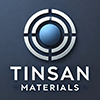Showing 421–432 of 632 results
-
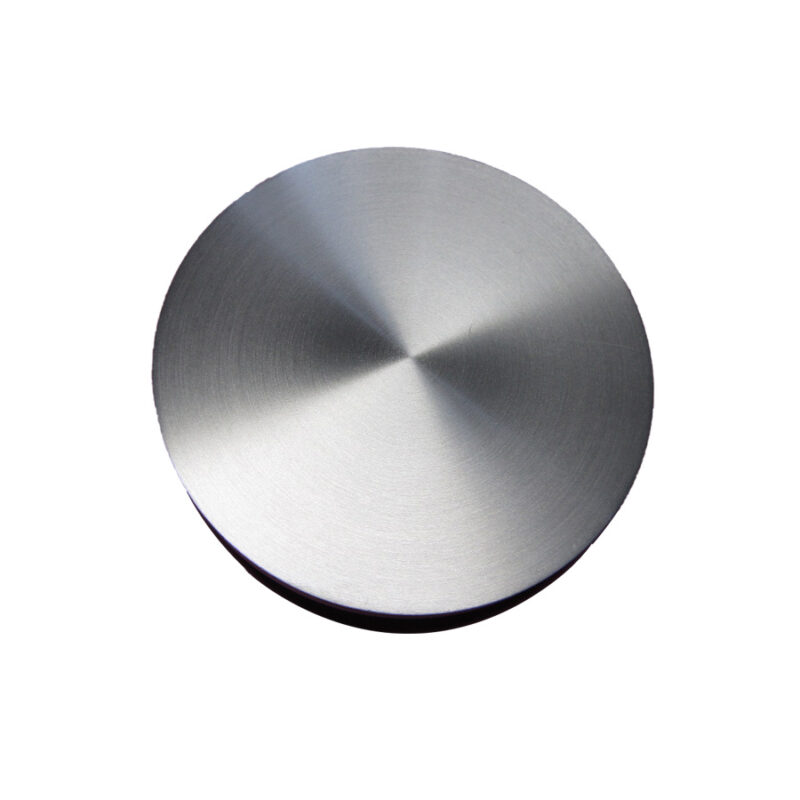
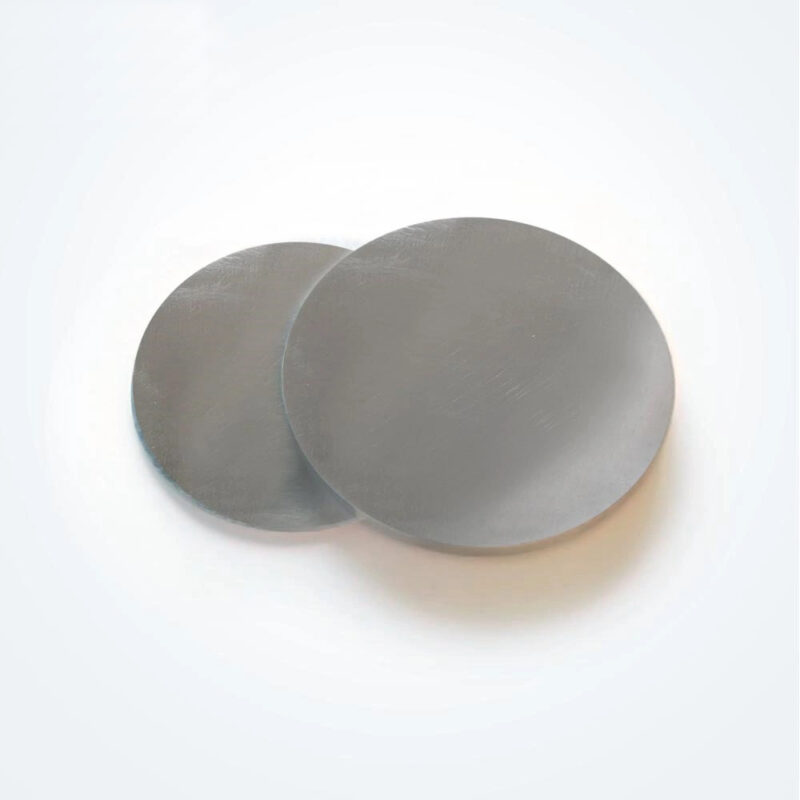
Ruthenium (Ru) sputtering targets are used in physical vapor deposition (PVD) processes to create thin films and coatings on various substrates. Ruthenium, a platinum group metal, is valued for its excellent hardness, corrosion resistance, and high melting point, making it ideal for applications in electronics, data storage, and catalysis.
-
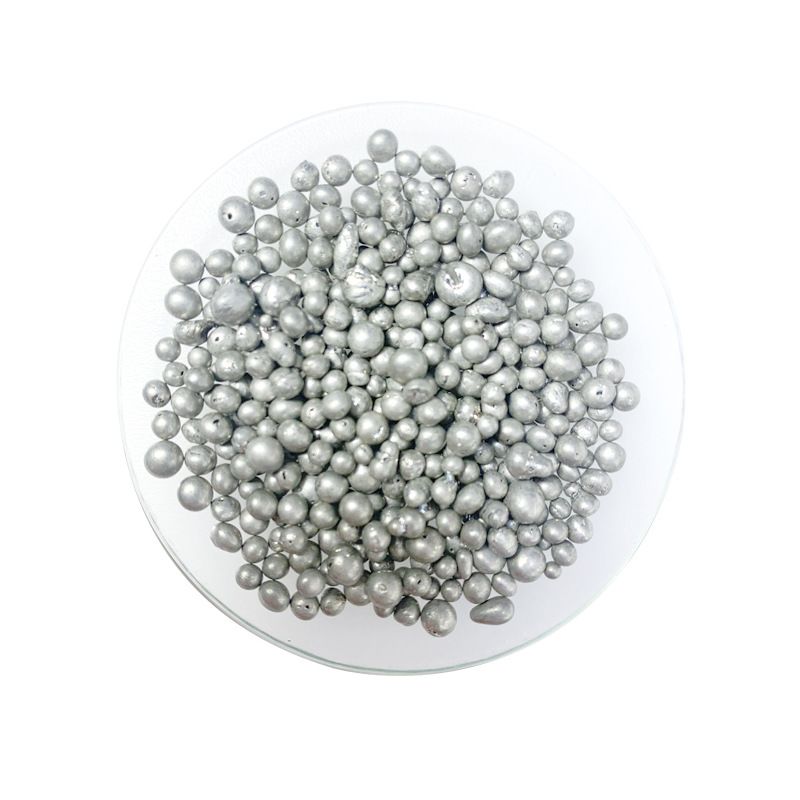
- High Purity: Ensures optimal performance in critical applications where material quality is essential.
- Semiconducting Properties: Exhibits unique electrical properties beneficial for electronic applications.
- Thermal Stability: Maintains performance in high-temperature environments.
- Custom Sizes: Available in various pellet sizes to meet specific evaporation or alloying requirements.
- Non-toxic Alternatives: Compared to some heavy metals, antimony is considered less harmful, especially in regulated applications.
-
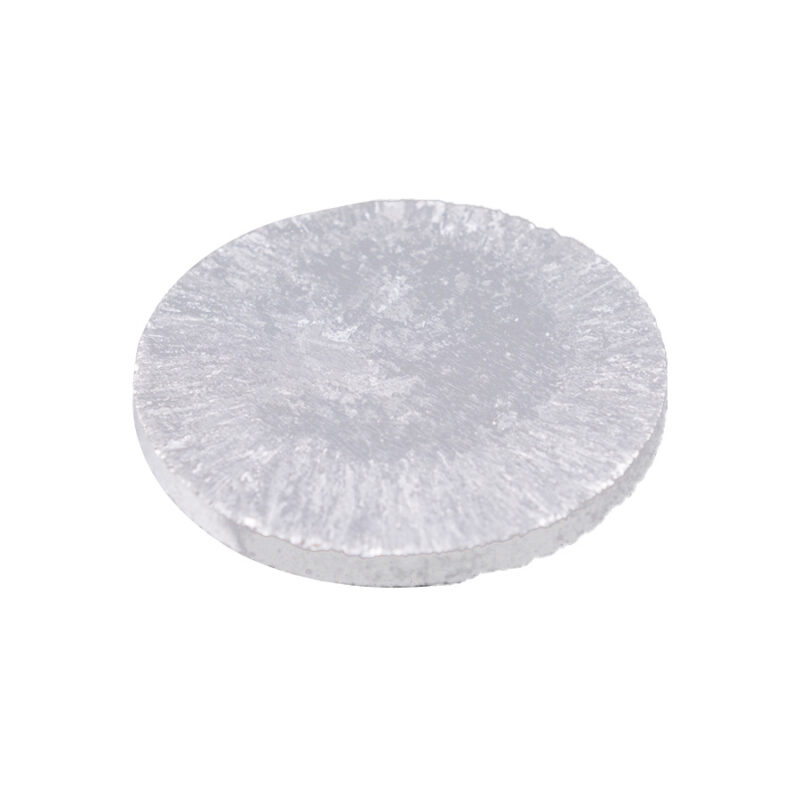

- Thickness: The thickness of the stibium coating can be precisely controlled during the sputtering process, allowing for tailored solutions to meet specific application needs.
- Alloys: Stibium sputtering targets can be produced as pure antimony or in alloyed forms, such as antimony-tin (Sb-Sn) or antimony-lead (Sb-Pb), depending on the desired properties of the thin film.
- Backing Plates: Stibium targets can be bonded to backing plates made from materials like copper or molybdenum to improve thermal conductivity and mechanical stability during the sputtering process.
-
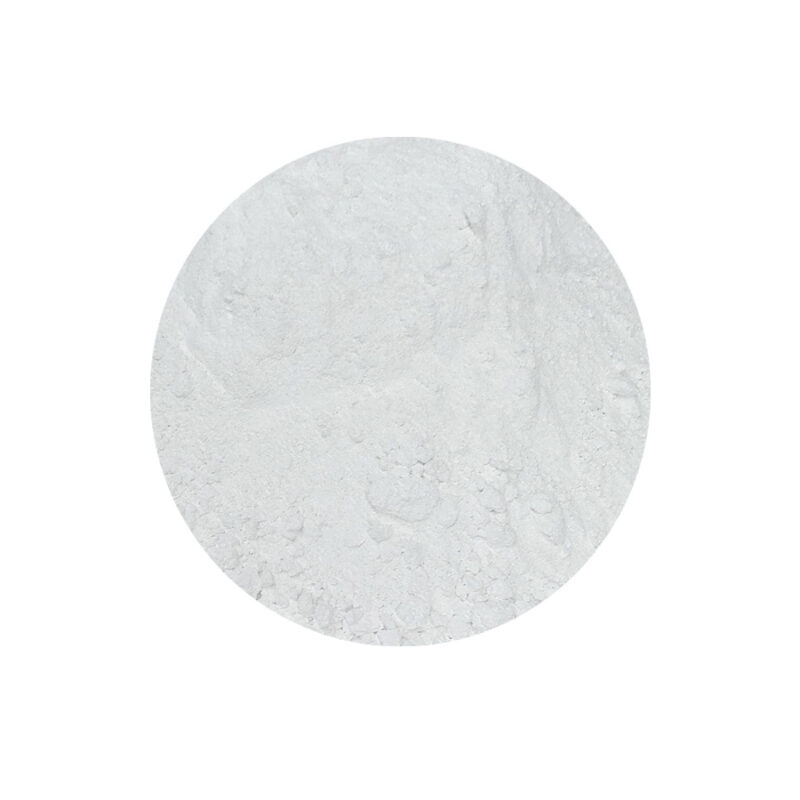
- High Purity: Ensures consistent and reliable performance.
- Excellent Chemical Stability: Resistant to chemical reactions in diverse conditions.
- Versatile Additive: Used in flame retardants, glass, plastics, and coatings.
- High Refractive Index: Enhances optical properties in specialty glasses.
- Customizable Particle Sizes: Tailored to meet specific application needs.
-
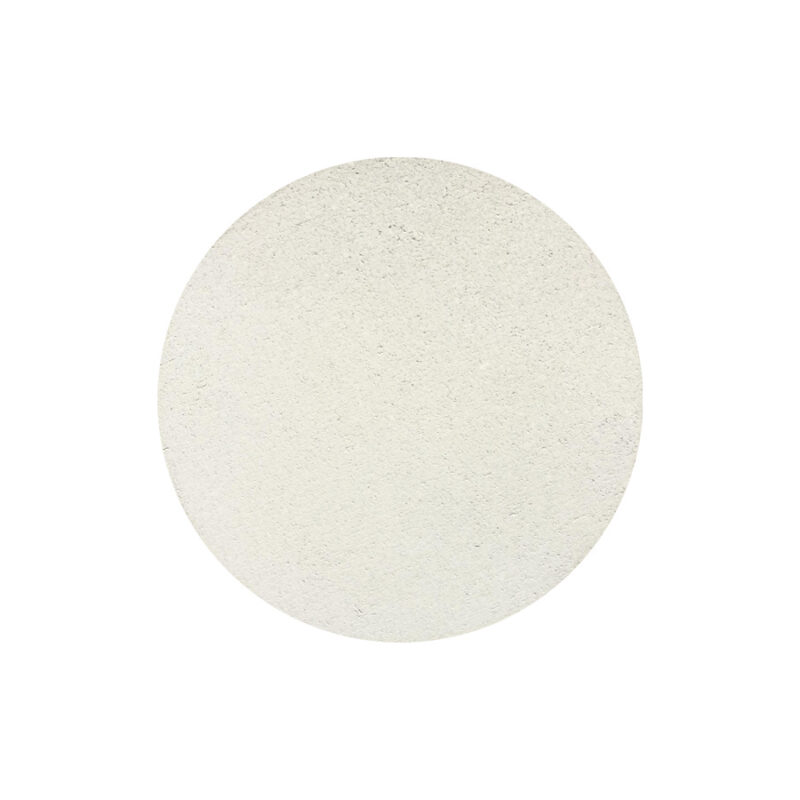
- High Purity: Available in high-purity grades to ensure the production of defect-free thin films, which are essential for optical and electronic applications.
- Flame Retardant Properties: When deposited as a thin film, Sb₂O₃ enhances the flame retardant capabilities of various materials, particularly polymers and textiles.
- Optical Transparency: Sb₂O₃ has excellent transparency in the UV and visible light spectrum, making it a suitable material for optical applications.
- Thermal Stability: Its stability at high temperatures makes it useful in processes where thermal resistance is necessary.
-

- Excellent Light Absorption: Sb2S3 has a high absorption coefficient, especially in the visible and near-IR regions, making it ideal for applications in photovoltaics and infrared detection.
- Semiconducting Properties: Sb2S3 is a direct bandgap semiconductor (~1.7 eV) suitable for energy conversion and electronic devices.
- Layered Structure: The material’s unique crystal structure allows for efficient charge transport and thermal conductivity, which is beneficial for thermoelectric and phase-change applications.
- Thermal Stability: Sb2S3 shows good stability during the deposition process, allowing for high-quality film formation.
- Environmentally Friendly: Sb2S3 is considered an eco-friendly alternative to some toxic or rare materials used in similar applications.
-
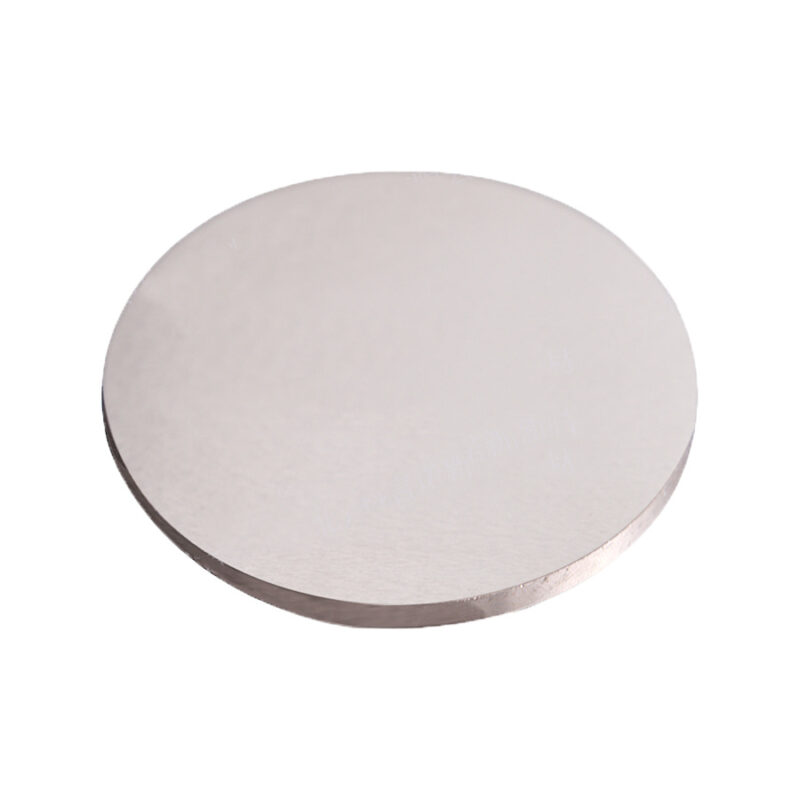
- High Optical Absorption: Sb₂S₃ is known for its strong absorption in the visible and near-infrared regions, making it ideal for photovoltaic and optoelectronic applications.
- Environmentally Friendly: Sb₂S₃ is composed of elements that are abundant and less toxic compared to other heavy metals used in similar applications.
- Tunability: The bandgap of Sb₂S₃ can be tuned by modifying deposition parameters, allowing for control over its optical and electronic properties in thin films.
- Thermoelectric Properties: Sb₂S₃ is being explored for its potential to generate electrical energy from thermal gradients, offering promise in energy-harvesting devices.
-
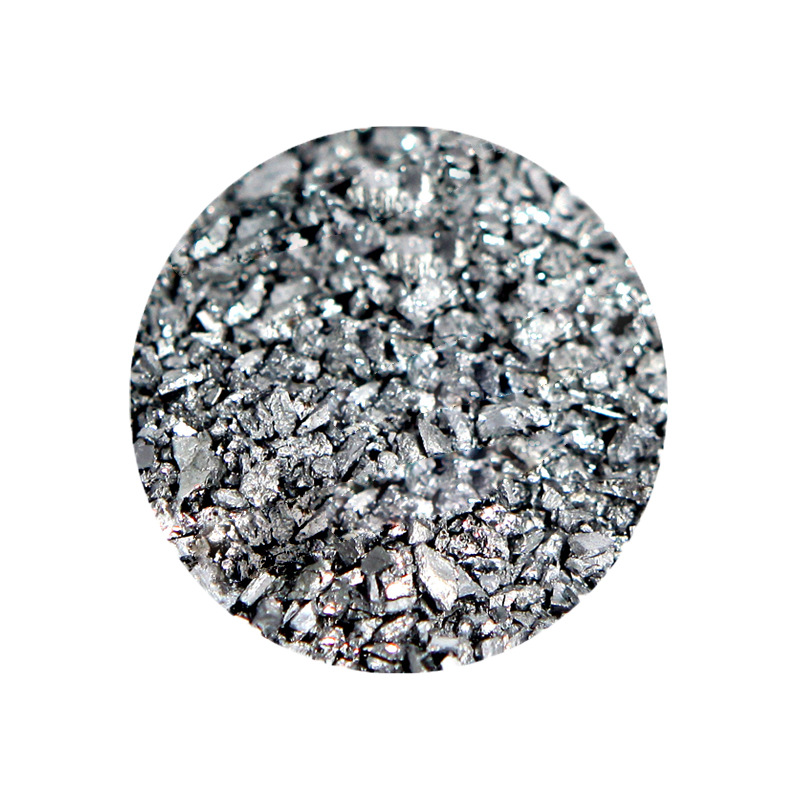
- High Absorption Coefficient: Sb2Se3 is known for its strong light absorption in the visible spectrum, making it ideal for thin-film solar cells.
- Stable Material: It exhibits good thermal and chemical stability, ensuring long-lasting performance in devices.
- Non-Toxic Alternative: Sb2Se3 is considered a safer and more environmentally friendly alternative to toxic materials like cadmium-based compounds in photovoltaic applications.
- Low Cost: It is a relatively cost-effective material for large-scale thin-film applications.
-

- High Absorption Coefficient: Ensures efficient light capture in photovoltaic applications.
- Direct Bandgap: Ideal for energy conversion and optoelectronics.
- Eco-Friendly Composition: A cadmium-free alternative for green energy solutions.
- Customizable Specifications: Tailored purity levels and particle sizes.
- Thermal Stability: Performs consistently under high-temperature conditions.
- Versatile Applications: Suitable for use in solar cells, thermoelectric devices, and optical coatings.
-
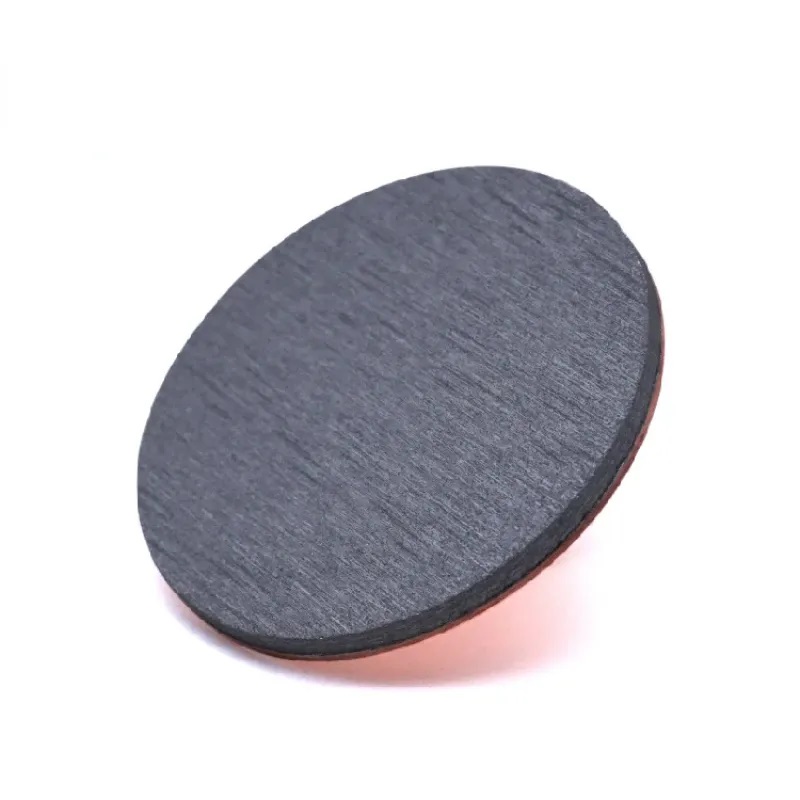
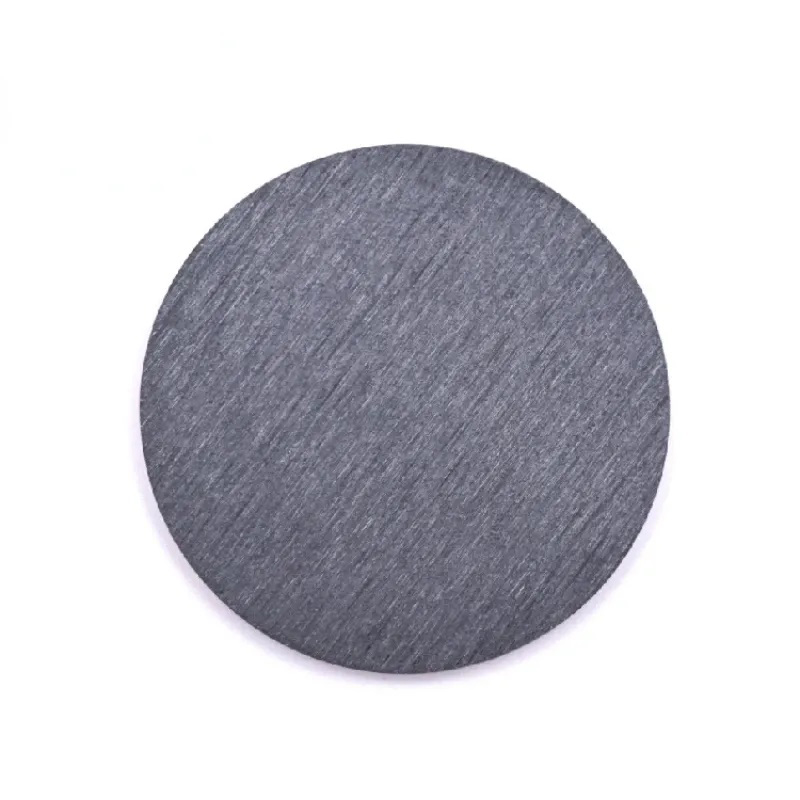
- High Absorption Coefficient: Sb₂Se₃ has a high absorption coefficient, which makes it effective for thin-film solar cells and light-harvesting applications.
- Bandgap: The material has a bandgap around 1.1 to 1.3 eV, ideal for photovoltaic devices aimed at capturing sunlight efficiently.
- Non-Toxic and Earth-Abundant: Sb₂Se₃ offers an environmentally friendlier and more sustainable alternative to other thin-film materials like cadmium-based compounds.
- Stable Crystal Structure: Sb₂Se₃ thin films exhibit a stable orthorhombic crystal structure, which contributes to their robustness in various electronic and energy-related applications.
-
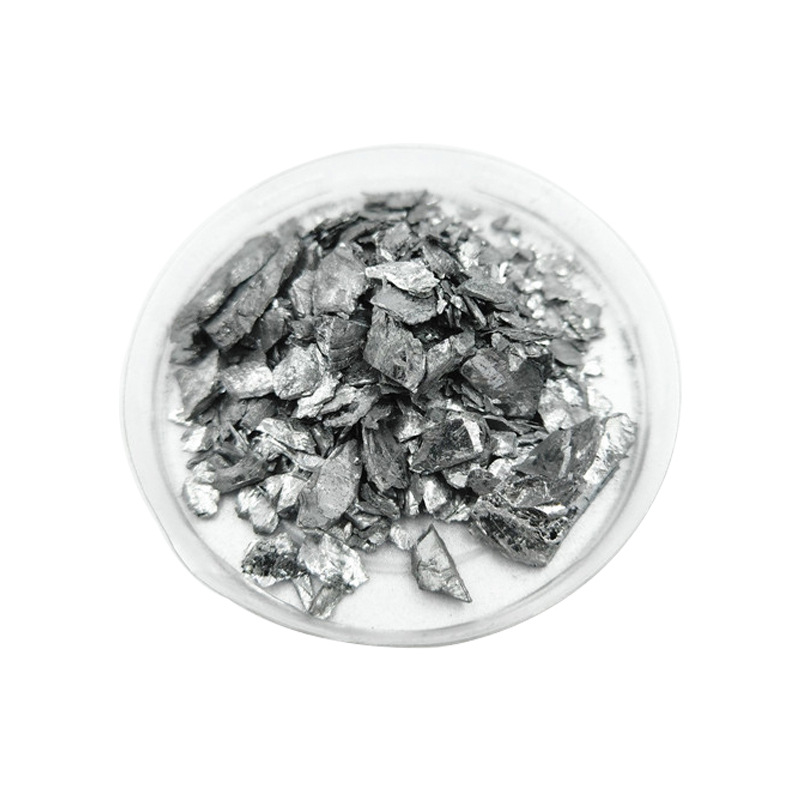
- High Thermoelectric Efficiency: Exhibits high ZT values, making it ideal for thermoelectric power generation and refrigeration applications.
- Low Thermal Conductivity: Sb₂Te₃ has low thermal conductivity, which enhances its thermoelectric performance.
- Reversible Phase-Change Properties: Capable of transitioning between amorphous and crystalline states, essential for phase-change memory applications.
- Good Adhesion and Smooth Films: Forms high-quality, uniform films with good adhesion on various substrates.
- Topological Insulator Behavior: Exhibits unique surface conductivity while insulating the interior, relevant for next-generation electronics.
-
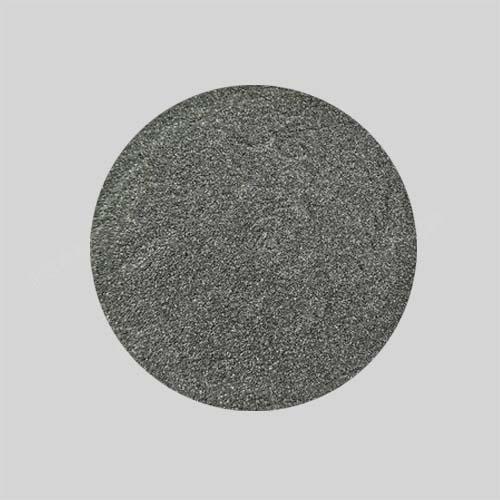
- High Thermoelectric Efficiency: Exceptional figure of merit (ZT) for energy conversion.
- Excellent Electrical Properties: High electrical conductivity suitable for semiconducting applications.
- Thermal Stability: Retains performance under varying temperature conditions.
- Customizable Options: Adjustable particle sizes and purity levels to meet specific needs.
- Versatile Applications: Ideal for thermoelectric modules, IR detectors, and advanced coatings.
- Eco-Friendly Alternative: Reduces reliance on less sustainable materials in energy applications.
